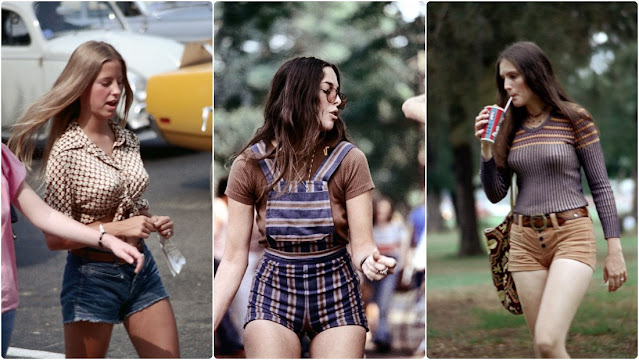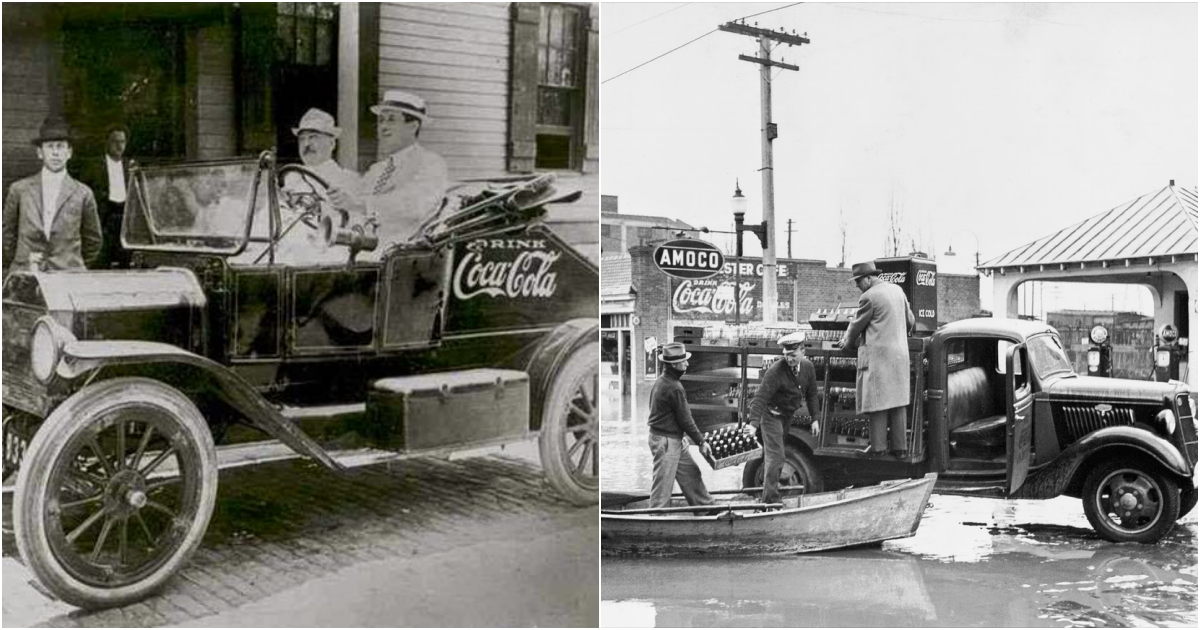The Dust Bowl refers to the drought-stricken Southern Plains region of the United States, which suffered severe dust storms during a dry period in the 1930s. As high winds and choking dust swept the region from Texas to Nebraska, people and livestock were killed and crops failed across the entire region. The Dust Bowl intensified the crushing economic impacts of the Great Depression and drove many farming families on a desperate migration in search of work and better living conditions.
The Dust Bowl was caused by several economic and agricultural factors, including federal land policies, changes in regional weather, farm economics and other cultural factors. After the Civil War, a series of federal land acts coaxed pioneers westward by incentivizing farming in the Great Plains.

|
| Buried machinery in a barn lot; Dallas, South Dakota, May 1936. |

|
| A dust storm approaches Stratford, Texas, in 1935. (Photo by George E. Marsh) |

|
| A farmer and his two sons during a dust storm in Cimarron County, Oklahoma, April 1936. (Photo by Arthur Rothstein) |
 |
| Dust buried farms and equipment, killed livestock, and caused human death and misery during the height of the Dust Bowl years. (Photo: NOAA Photo Library) |

|
| A gigantic dust cloud engulfs a ranch in Boise City, Oklahoma, in 1935. (Photo: AP) |
 |
| The huge Black Sunday storm strikes the Church of God in Ulysses, Kansas, 1935. (Photo: Historic Adobe Museum) |
 |
| Wind-blown sand partially covers an outhouse in April 1936. (Photo by Arthur Rothstein/Farm security Administration via Library of Congress) |
 |
| The huge Black Sunday storm as it approaches Ulysses, Kansas, April 14, 1935. (Photo: Historic Adobe Museum, Ulysses, KS) |
 |
| A dust storm in Tyrone, Oklahoma, April 14, 1935. |
 |
| A migratory family from Texas living in a trailer in an Arizona cotton field. (Photo by: Dorothea Lange) |
 |
| Three children prepare to leave for school wearing goggles and homemade dust masks to protect them from the dust. Lakin, Kansas, 1935. (Photo: Green Family Collection) |
 |
| One of the most famous photograph of the Depression and the Dust Bowl, The Migrant Mother, by Dorthea Lange |
 |
| A child plays in a California migratory camp, 1936. (Photo by Dorothea Lange/Farm Security Administration via New York Public Library) |
 |
| The young son of a farmer walks amid the dust in Cimarron County, Oklahoma, April 1936. (Photo by Arthur Rothstein/Farm security Administration via Library of Congress) |
 |
| A dust storm looms behind a car in the Texas Panhandle, March 1936. (Photo by Arthur Rothstein/Farm Security Administration via Library of Congress) |
 |
| Dust storm damage in Cimarron County, Oklahoma, April 1936. (Photo by Arthur Rothstein/Farm Security Administration via Library of Congress) |
 |
| Landscape left barren by the Dust Bowl, north of Dalhart, Texas, June 1938. (Photo by Dorothea Lange/Farm Security Administration via Library of Congress) |
 |
| A man stands amid a raging dust storm at an unspecified location, circa 1934-1936. Photo: (National Archives and Records Administration) |

|
| Dust Bowl farm in the Coldwater District, north of Dalhart, Texas, June 1938. (Photo by Dorothea Lange/Farm Security Administration via Library of Congress) |

|
| The "Black Sunday" dust storm, one of the worst of the entire era, hits Liberal, Kansas on April 14 1935. (Photo: National Archives and Records Administration) |



